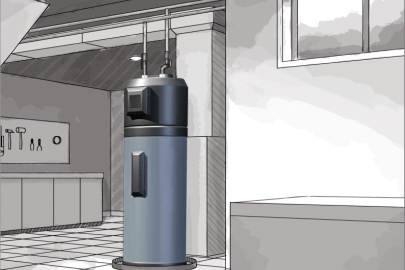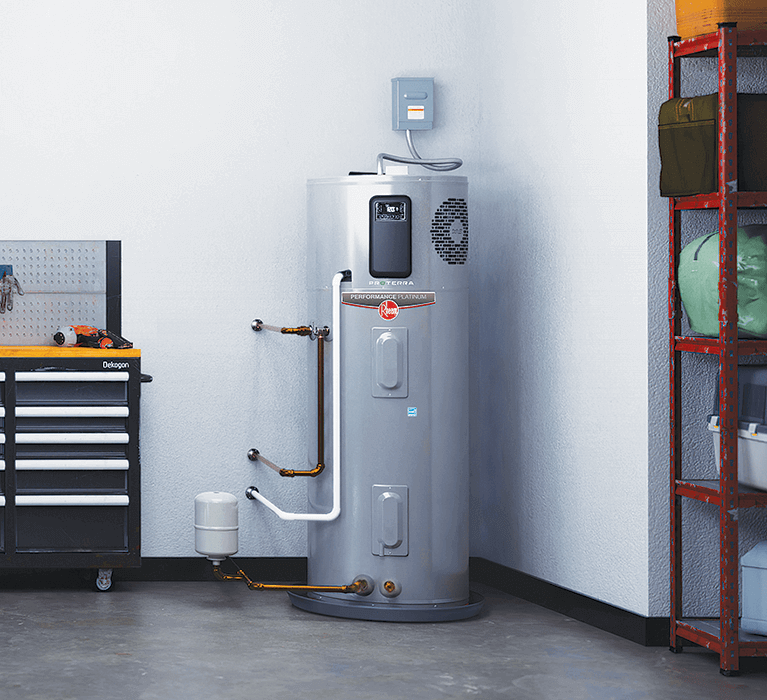The writer is making several good points on the subject of How to Maintain a Hot Water Heater in a Few Simple Steps overall in this great article below.

Warm water is essential for everyday convenience, whether it's for a refreshing shower or washing recipes. To guarantee your hot water system runs effectively and lasts much longer, normal maintenance is crucial. This write-up provides useful ideas and understandings on how to preserve your home's warm water system to stay clear of disruptions and costly repair services.
Intro
Keeping your home's hot water system might seem complicated, yet with a few simple steps, you can ensure it runs efficiently for several years to come. This overview covers every little thing from recognizing your hot water system to DIY maintenance suggestions and understanding when to employ specialist aid.
Importance of Keeping Your Warm Water System
Normal upkeep not only extends the lifespan of your hot water system however likewise ensures it operates efficiently. Neglecting maintenance can lead to decreased efficiency, higher energy bills, and also early failing of the system.
Signs Your Hot Water System Requirements Upkeep
Recognizing when your warm water system requires attention can avoid significant problems. Keep an eye out for indications such as inconsistent water temperature level, odd noises from the heater, or corroded water.
Purging the Hot Water Heater
Flushing your water heater gets rid of debris build-up, boosting efficiency and prolonging its life.
Checking and Changing Anode Rods
Anode poles protect against deterioration inside the container. Evaluating and changing them when worn is critical.
Complicated Issues Calling For Expert Assistance
Examples consist of major leakages, electric issues, or if your water heater is consistently underperforming.
Regular Expert Maintenance Conveniences
Expert maintenance can include detailed assessments, tune-ups, and guaranteeing conformity with security standards.
Evaluating and Readjusting Temperature Level Setups
Changing the temperature setups guarantees optimal efficiency and security.
DIY Tips for Maintenance
You can perform numerous maintenance jobs on your own to keep your warm water system in top problem.
Checking for Leakages
Consistently examine pipelines and connections for leakages, as these can result in water damages and higher costs.
Comprehending Your Warm Water System
Before diving into upkeep tasks, it's practical to understand the fundamental components of your warm water system. Typically, this consists of the hot water heater itself, pipes, anode poles, and temperature controls.
Month-to-month Maintenance Tasks
Routine monthly checks can assist capture minor concerns before they rise.
Evaluating Stress Alleviation Valves
Evaluating the stress relief valve guarantees it functions properly and prevents extreme stress buildup.
Shielding Pipes
Protecting warm water pipes minimizes heat loss and can save power.
When to Call a Professional
While DIY upkeep is advantageous, some problems require expert experience.
Conclusion
Routine upkeep of your home's hot water system is vital for effectiveness, durability, and price savings. By complying with these pointers and knowing when to seek specialist help, you can guarantee a trustworthy supply of hot water without unexpected interruptions.
How to Maintain an Instant Hot Water Heater
Before tinkering with your hot water heater, make sure that it’s not powered on. You also have to turn off the main circuit breaker and shut off the main gas line to prevent accidents. Also turn off the water valves connected to your unit to prevent water from flowing into and out of the appliance. 2. When you’re done, you have to detach the purge valves’ caps. These look like the letter “T” and are situated on either side of the water valves. Doing so will release any pressure that has accumulated inside the valves while at the same time avoid hot water from shooting out and burning your skin. 3. When the purge valves’ caps are removed, you have to connect your hosing lines to the valves. Your unit should have come with three hoses but if it didn’t, you can purchase these things from any hardware or home repair shops. You can also get them from retail stores that sell water heating systems. Read the user’s manual and follow it to complete this task properly. When the hosing lines are connected, open the purge port’s valves. 4. You should never use harsh chemical cleaners or solutions when cleaning your unit. Make use of white vinegar instead. It should be undiluted and you’ll probably use about 2 gallons. 5. Now flush your water heater. This task should probably take about 40 minutes. We can’t give you specific directions for this because the procedure is carried out depending on the type, model and brand of your heater. With that being said, refer to the user’s manual. 6. When you’re done draining the unit, you have to turn off the purge port valves again. Remove the hosing lines that you earlier installed on each of the water valves. Put the valve caps (purge port) back in their respective places and be very careful so as not to damage the rubber discs that are found inside these caps. 7. Now that everything’s back in place, check your user’s manual again to find out how to reactivate your water heating system. 8. Once it is working, turn one of your hot water faucets on just to let air pass through the heater’s water supply pipes. Leave the tap on until water flows smoothly out of it. https://www.orrplumbing.com/blog/2014/september/how-to-maintain-an-instant-hot-water-heater/

We were made aware of that report on Tips on Maintaining a Water Heater from a buddy on another blog. Liked our piece of writing? Please quickly share it. Help somebody else locate it. Kudos for your time. Return soon.
Book A Free Estimate